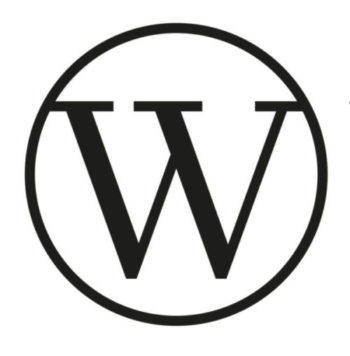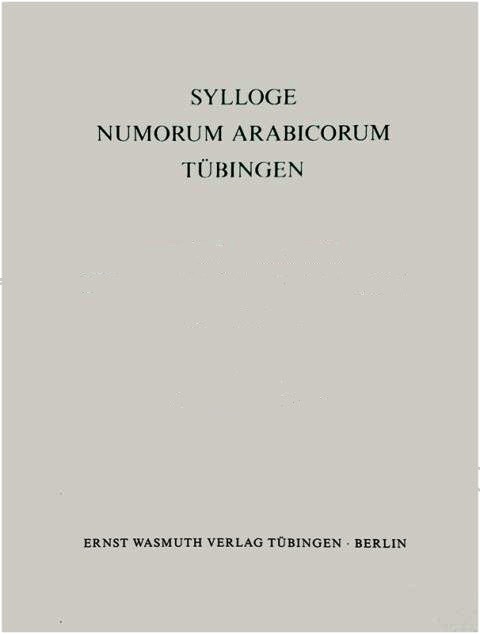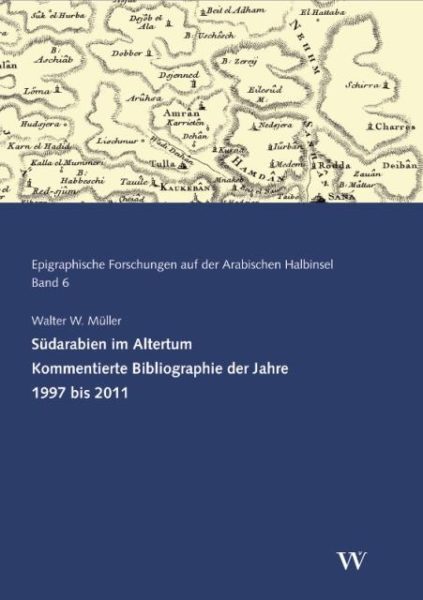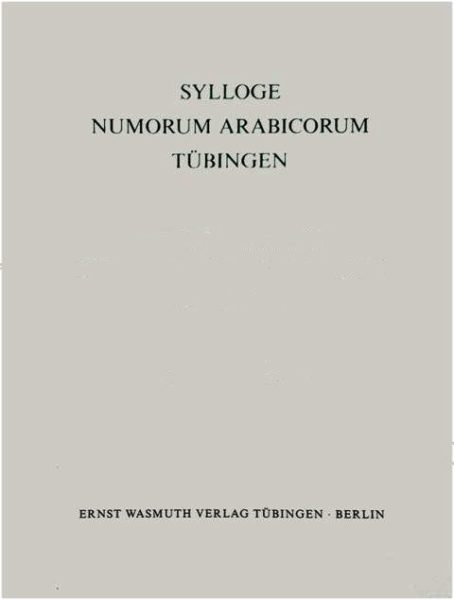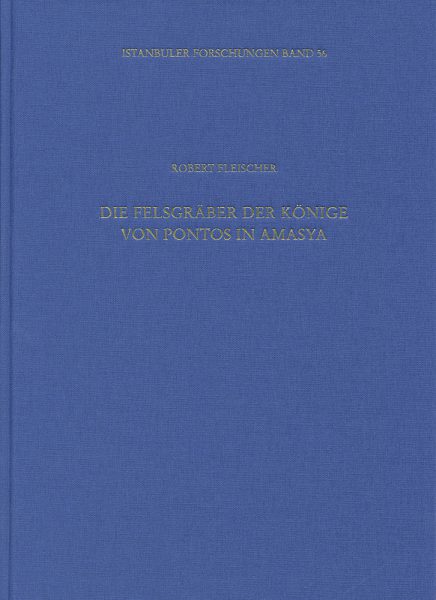Naysabur / Sabzawar und die Münzstätten in Guwayn
Sylloge Numorum Arabicorum Tübingen XIVa Hurasan I
Nishâpûr was the most important city of Khurâsân in the early Middle Ages. Initially mined by the nearby gold mines of Nûqân, a district of present-day Mashhad, the coins, called Naysâbûrî dinars in Arabic, became the most important gold currency of the High Middle Ages in the Islamic world alongside those of Egypt and the Maghreb. Despite its great importance in economic history, this currency has not been monographically catalogued to date.
- Author: Atef Mansour M. Ramadan
- ISBN: 978 3 8030 1107 7
- Size: 29 x 38 cm. Paperback
- Edition: 1st edition, original edition
75,00 €
incl. 7% VAT
zzgl. Versandkosten
-
The Tübingen University Coin Collection contains a comprehensive collection of Naysâbûrî dinars that is well representative of historical production. In addition, this collection also offers a largely complete overview of copper and silver coinage from Nishâpûr from the 7th to the beginning of the 16th century. Through their dating, these coins record in detail the ruling history of their area of origin.
Egyptian numismatist Prof. Dr. Atef Mansour Ramadan wrote this collection catalog in the Sylloge series (ISSN 0945-4020), which also includes the mints located further west in the Bayhaq and Ğuwayn valleys, namely Sabzawâr in Bayhaq and Isfarâin and Ğâğarm in Ğuwayn. Color illustrations of all the coins described accompany the descriptions.Read in:
Deutsch -
Author Atef Mansour M. Ramadan Editor ‘Forschungsstelle für Islamische Numismatik’ Preface Lutz Ilisch ISBN 978 3 8030 1107 7 Size 29 x 38 cm. Paperback Number of pages 88 pages Illustrations 36 blackboards Languages English, preface in German Edition 1st edition, original edition Release May 2012
